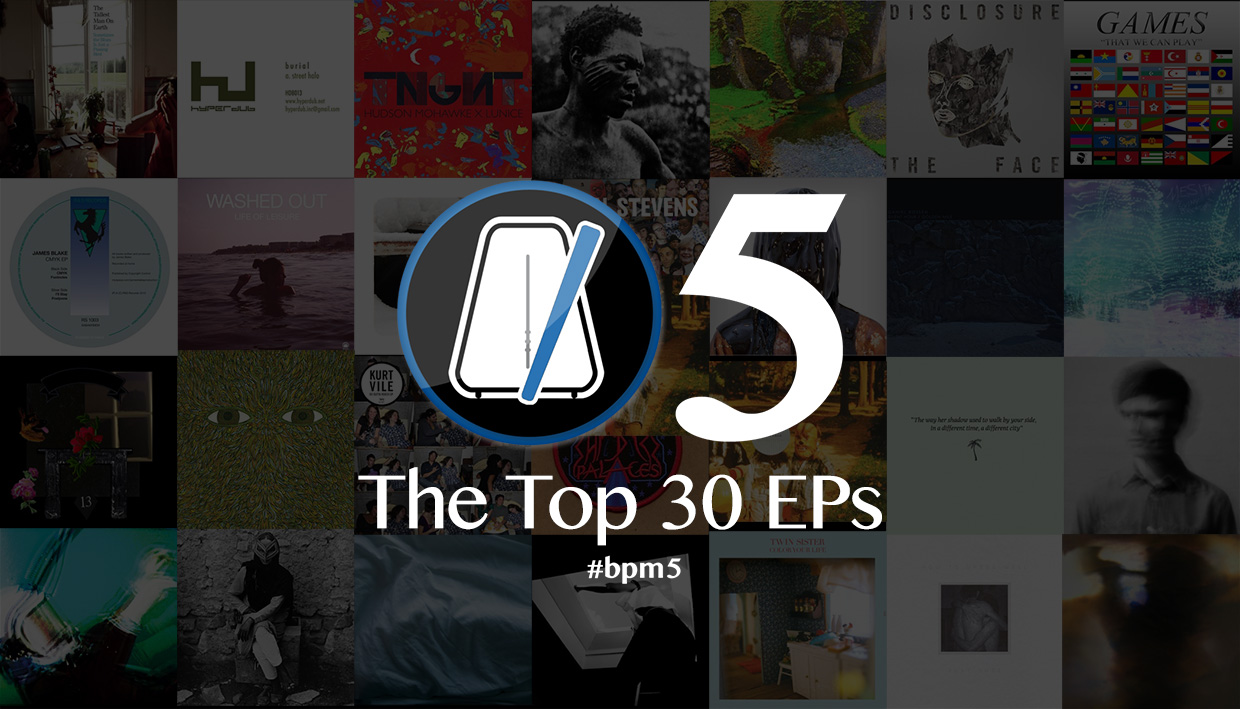
30
Shlohmo
Laid Out
[Friends of Friends / Wedidit; 2013]
By the time this year’s Laid Out EP hit store shelves, Los Angeles’s Henry Laufer had already positioned himself at the forefront of the city’s booming beats scene. His 2011 LP Bad Vibes and some of his earlier shortform work established his status as the city’s foremost constructor of disembodied R&B cuts, as reliant on ambient tropes as the 808 kicks he holds dear. Laid Out features Laufer in his most fully-formed mode yet, traipsing about in his shiftless bedroom garb all the same, but giving those suggestions structure, poise and grace. These are tracks that’ll stick in your head, whether you’re talking vocal collabs with How To Dress Well’s Tom Krell or instrumental tracks, these tracks are sleepytime bangers–tensile beats that’ll carry you straight into the unconscious.
– Colin Joyce
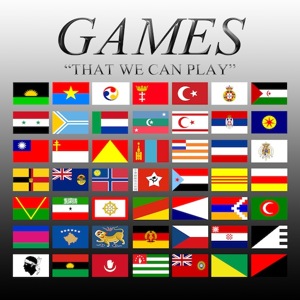
29
Games
That We Can Play
[Hippos in Tanks; 2010]
A grab-bag of the greatest arcade soundtracks that never were, Ford & Lopatin’s pre-namechange debut EP is a singular ode to the brothers Akai, Korg and Roland. Bringing elements that colour some of the more prominent electronic releases of the period front and centre proved a canny move: streaks of neon burn across the mix on “Planet Party,” “Midi Drift” sounds like a blearily-recalled weekend in Tokyo and the infectious “Strawberry Skies” proves the duo can palm off 80s pop bangers if they so choose. Even after countless similar bedroom synth releases have rendered this sound a little outmoded – you can argue “Shadows” sounds like a slightly meaner cut left off Neon Indian’s Physic Chasms – this still represents the perfectly-formed zenith.
– Gabriel Szatan

28
Active Child
Curtis Lane
[Filter / Merok; 2010]
Even in a bumper year for music, Active Child’s first official release stood out from the pack, a perfect entry-point to one of the key players in the white-boy oddball R’n’B revival thing (not calling it PBR&B, sorry). Pat Grossi’s vocal range is a thing to behold, plunging from a piercing falsetto down into an ominous rumble on standout “Weight Of The World” with ease. What’s so endearing is the grace with which Grossi carries these lovesick tales, landing blows but avoiding the cloying despondency that some of his peers fall prey to. A strong 80s vibe persists, especially on the luminous synth tones of “When Your Love Is Safe” and grandiosity of the drums throughout, and this airlocks the songs well – there’s no point penning such earnest music only to get mic-shy when it comes to the crunch. Arguably better even than his debut album proper, the songs on Curtis Lane display a mastery of songwriting that belied Active Child’s then novice status, this the kind of shit that’ll pad out the second halves of mixtapes for years to come.
– Gabriel Szatan
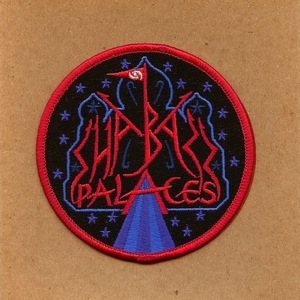
27
Shabazz Palaces
Shabazz Palaces
[Self-released; 2009]
The first swell of music by Shabazz Palaces came to my attention in a way that music hasn’t to me in nearly a decade: It was delivered. By mail. To my doorstep. An unsolicited email in early 2009 from a well-connected person in the Seattle hip hop community decided it was somehow in my best interest to hear Ishmael Butler’s latest project, a double EP release from a group (an entity?) called Shabazz Palaces.
You might remember Butler from his previous rap life as Butterfly, one third of early ‘90s jazz-rap trio Digable Planets. That crew was here and gone before you could say “Cool Like Dat” but Butler, or as he’s known to the community, Ish, has been building sonic castles out of sight ever since.
The music on Shabazz Palaces embodies the very nature of its mysterious arrival: unexpected, obtuse, dense, thematic. It’s elemental and artifactual in its unabashed afrocentrism — the EP features a song called “Kill White T” — but fundamentally inclusive in the way its sonics invite further exploration by anyone who hears it. “Blastit” might be the most beautiful and devastating hip hop track of the last five years: a graceful acoustic intro played on an mbira, an African finger piano, is interrupted by stark, synthesized bass so deep future civilizations on the space-time continuum are being rocked by its reverberations at this very moment.
But that’s what Shabazz Palaces does, it warps the temporal for the benefit of the purely sensory. To wit: The other prominent member of SP, Tendai Maraire, plays the mbira on “Blastit.” Tendai’s late father was Dumi, a famous Zimbabwean musician and the man responsible for introducing mbira music to North America. Shabazz Palaces’ roots are deep. You probably knew them before you even knew them.
– Chul Gugich
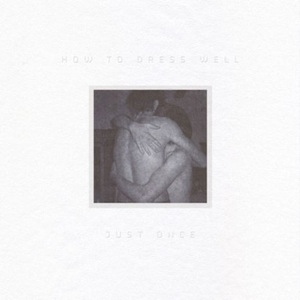
26
How To Dress Well
Just Once
[Love Letters Ink; 2011]
Just Once is a pretty ironic title for an EP consisting of material that had seen release twice already. Total Loss emphatically silenced the murmurs that Tom Krell’s creative juices had prematurely dried up, but while the clutch of “Suicide Dreams” taken from Love Remains weren’t fresh per se, neither were they reheated in a lazy attempt to fill the gap. In a bold move, Krell completely changed everything bar the core compositions themselves, offering up four orchestral reworkings of source material so heavily obscured by buzzy distortion it was – at times – hard to admire the fractured beauty. Not so here. 17 minutes of disquieting brilliance, Just Once is a real showstopper, placing Krell’s shrill, brutal falsetto front and centre with scant else bar a string section for accompaniment. While admittedly a tad heavy on the melodrama, it proved that Krell’s riveting vignettes scrubbed up pretty damn well.
– Gabriel Szatan
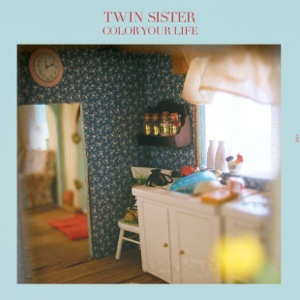
25
Twin Sister
Color Your Life
[Infinite Best; 2010]
Andrea Estrella’s ever changing hair is a window into Twin Sister’s deceptively simple world. Color Your Life, the band’s 2010 breakthrough EP is a collection of a handful of wispy dream pop tracks, pleasant and plain enough on the surface. There’s something deeper though, and something you might miss if not for the array of strange wigs that Estrella employs at live performances…there’s weirdness, plain and simple. Aquamarine hair that stretches to the floor portend’s “Lady Daydream”‘s labyrinthine construction. It twists and roils under the weight of Estrella’s impassioned vocal take and Eric Cardona’s skipping guitars. But even as these twists and turns occur the hazy tapestry never collapses into anything less than the sum of its parts. Color Your Life might seem like nothing more than a few pretty little tracks, but look to the wigs for all the answers.
– Colin Joyce
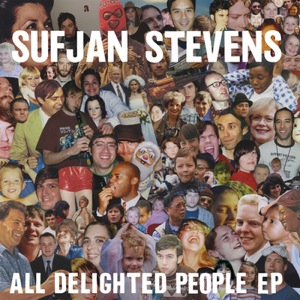
24
Sufjan Stevens
All Delighted People
[Asthmatic Kitty; 2010]
Sufjan Stevens has never been afraid of boisterous arrangements. Even from his earliest electronic experimentation the dude has had a flair for the dramatic, a drama that would come to a head in all of his 2010 efforts. Though The Age of Adz took the brunt of the criticism for Stevens’s supposedly newfound eclecticism, All Delighted People cashed in on similar aims with more traditional instrumentation. At 59 minutes, it’s hard to see how Stevens justified labeling this record as an EP (or even a minor release, but the boisterousness of the title track’s orchestral trills and “The Owl and the Tanager”‘ shushed lope ensured that even as an “EP” it stands alongside his best work.
– Colin Joyce

23
Kurt Vile
So Outta Reach
[Matador; 2011]
The acoustic twangs on “The Creature” might seem to signal a slightly folksier Kurt Vile release than usual, but the lyrics are typically introverted and lackadaisical: “They call me the creature of habit / But I’m a man just the same / Ain’t got time for overthinking / So I rely on early intuition.” One of Vile’s strengths has always been his ability to make slacking off look so cool. “Don’t wanna be anything,” as he puts it on “Life’s A Beach,” and not only does he make it sound believable—it’s actually almost admirable. In our increasingly interconnected world, where employees with smartphones are expected to be on call practically 24/7 and a glut of online media makes standing out from the crowd an all the more effortful task, it’s refreshing to hear an artist so plainly not give a fuck about being “so outta reach.” The Springsteen cover seals the deal: has there ever been a better summary of Vile’s philosophy than feeling like a rider on a downbound train?
– Josh Becker
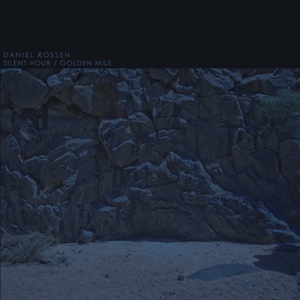
22
Daniel Rossen
Silent Hour/Golden Mile
[Warp; 2012]
Department of Eagles and Grizzly Bear veteran Daniel Rossen stepped out on his own for the release of his 2012 debut EP Silent Hour/Golden Mile. While some artists may have simply ridden the wave of established goodwill, Rossen took the opportunity to create a cycle of songs detailing the intricacies of gently plucked guitar notes, fading piano rolls, and the grandeur of unexpected catharsis. Written during the media storm following the release of Grizzly Bear’s Veckatimest, Rossen drew himself away from that attention in an effort to focus on his own music – and to keep busy while his other bands were home and out of the studio. Playing out like a warped version of the half-remembered musical memories of his youth, Silent Hour/Golden Mile feels intangible and often wispy, like the remnants of a dream fading away as you rub the sleep from your eyes. It’s a record of unending grandeur and pastoral atmosphere, jutted occasionally by brief peaks and valleys. Rossen may be more well-known for his day jobs in Grizzly Bear and Department of Eagles, but if he continues to produce albums like Silent Hour/Golden Mile, that will change very quickly.
– Josh Pickard

21
AlunaGeorge
You Know You Like It
[Tri Angle; 2012]
The most striking thing about AlunaGeorge’s You Know You Like It EP is how confident they managed to sound for a duo with only a handful of released songs to their name prior. From the off it was clear that AlunaGeorge had started to find their sound; singer Aluna Francis sounds less girlish than before – her assured and measured delivery, which manages to be constantly alluring without ever being overwrought, matches perfectly with the EP’s hintingly sexual nature. These themes are pressed forward by the slinky production; clicks and claps punctuate the sumptuously pulsating bass, covered over by layers of melodic effects that are placed precisely and compellingly around the tracks to accentuate and add to their potency. This all combines to make the three songs on You Know You Like It some of the most irresistibly replayable of last or indeed any year.
– Rob Hakimian

20
Holy Other
With U
[Tri Angle; 2011]
Holy Other is right at home on witch-house purveyor Tri-Angle, as these eerie washes of R&B filtered through the lens of haunted ambience both embody and transcend most aspects of that fleeting sub-genre. Still, to lump Holy Other in with Salem and Balam Acab is to short-change the scope of the vision at play here. Imagine a narcotized, post-party Burial stumbling home through a late autumn gutter. From “Know Where”‘s unsettling burble to the vaporwave-esque sunset vibe of “Yr Love,” there’s a singular vision at work, a sense of disconnect and twilight expansiveness that suits these ghostly songs perfectly. By the time we reach the head-swimming layers of “With U,” we’re sold on this world, and we’ll return often.
– Zachary Corsa
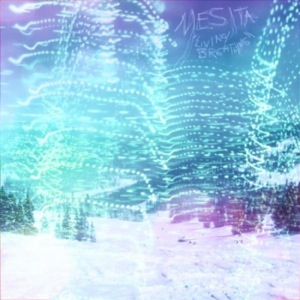
19
Mesita
Living/Breathing
[Self-released; 2010]
Arriving in the last few weeks of 2010, Mesita’s Living/Breathing EP shows that you should never make your assessments about the year past too early. I personally wouldn’t be surprised if this had found its way into people’s top ten of that year and also number one EP full of perhaps the greatest feel good moments. That vibrant and brilliant energy that “Living/Breathing” gives off could fuel the weariest of minds into doing anything while the clattering and spiraling “Jet Trails” would lift them up again before the EP had ended. But one of the strengths of the EP was that it showed a softer side to James Cooley; “For The Best” is a simple guitar and drums track that has him whispering his deep down hopes but when the chorus comes charging in he’s ready to wipe the slate clean and just get on with making brilliant music.
– Ray Finlayson

18
Zola Jesus
Stridulum
[Sacred Bones; 2010]
Zola Jesus – aka Nika Roza Danilova – always had a huge voice, but it was her Stridulum EP that allowed it show itself in its fullest and most breathtaking form. Matched to deep, trembling tones and thundering drums, it found a new world to inhabit, one that felt much higher than the tinny, fuzzy one on her underrated preceding debut The Spoils. Her reach on Stridulum is enormous, filling empty warehouses with a voice that sounds both desolate and reassuring; on “Night” she sounds intimidating in her comfort, singing “In the end of the night when I can be with you” like that’s the only outcome; on “I Can’t Stand” she sounds like she’ll break through fields of barbed wire to remedy the state of the person she’s singing about in the song; and “Manifest Destiny” has her sounding like she’s standing tall despite the bellow of warning sirens and effects that sound like buildings crumbling in one themselves. Stridulum marked a place on the earth for Danilova, and on the EP she sounds like she would die a thousand times before even considering giving it up.
– Ray Finlayson
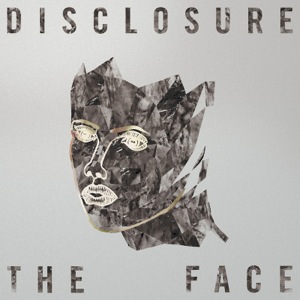
17
Disclosure
The Face
[Greco-Roman; 2012]
Before the critical and commercial smash of their debut album Settle, London brotherly duo Disclosure released an EP called The Face that perfectly encapsulated everything they wanted to achieve, and distilled the UK’s current penchant for vocal-led pop house music – disconcertingly well, especially for a couple of teenagers. Utilizing the voice of Sasha Keable, clips from porn videos and their own seemingly innate ability at creating utterly irresistibly dancey beats and hooks, The Face has no trouble whipping up a sweaty and electrically charged atmosphere for its 21 minutes – even if you’re listening to it while walking around the vegetable aisle at the supermarket. This faultless introduction from the duo became something of a calling card and led to them getting many big names on their debut album inside a year of its release.
– Rob Hakimian
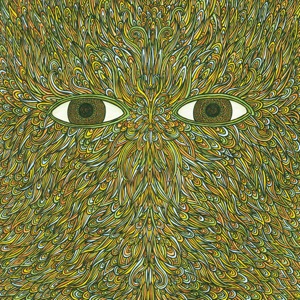
16
Flying Lotus
Pattern+Grid World
[Warp; 2010]
Though Flying Lotus (neé Steve Ellison) has found a way to obliquely explore psychedelia through nearly all of his cosmic constructions, in 2010 he addressed it directly and explicitly. The same year’s Cosmogramma was all about blasting into outer space, but Pattern + Grid World went straight to other realms. These are fractious, colorful, patterned beats that bend and refract around Ellison’s clattering drum production. We’re talking synths in kodachrome and violent bursts of sunlight laden ambient noise. You can call any abstract electronic music transportive, but Ellison did it right here. Not only are you elsewhere, your feet aren’t even on the ground. Your head’s not even in the clouds, its in the pattern + grid world, enjoy it before it wears off.
– Colin Joyce

